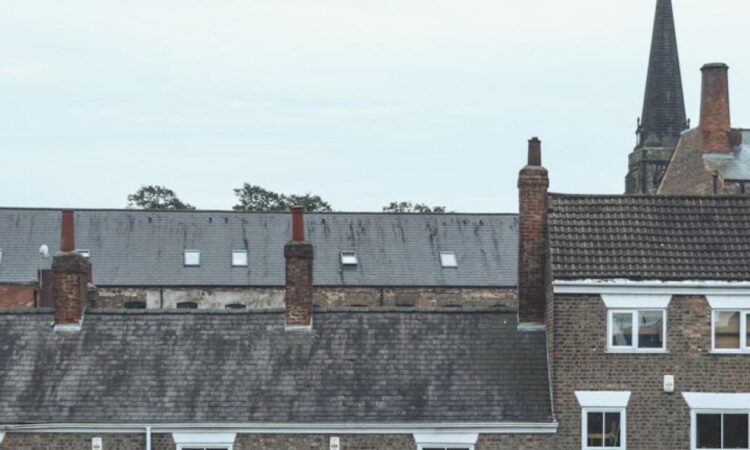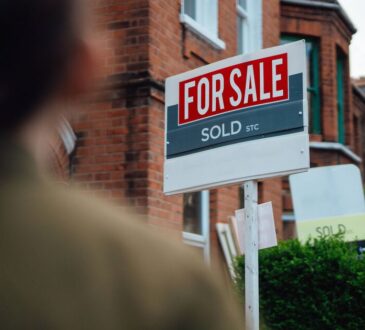
The Conservative government has left the UK with a bigger housing shortage than the Blitz. It’s a startling statement, but it’s true: World War Two left the UK needing 750,000 new homes. The housing deficit when Labour came to power in July was more than five times that number – at a conservative estimate. But while the end of that war was marked by a record surge of housing, the political will to solve the crisis today on anything like the level of ambition it requires has all but disappeared.
This housing crisis has been years in the making, driven by policy failures, market forces, and political short-sightedness. Successive governments have neglected housebuilding, with annual construction consistently falling short of the estimated 300,000 new homes needed every year. In 2020, only 216,000 homes were built – well below the target.
The booming housing market, driven by a dearth of supply, benefited wealthy, middle-class homeowners as property values soared. Between 1996 and 2018, average UK house prices increased by 281 per cent, making it even harder for first-time buyers to get a foot on the ladder. Local planning restrictions and bureaucratic delays hindered new developments, with no government willing to reform the outdated planning system; in 2021 alone, nearly 60 per cent of major housing projects saw delays due to planning disputes.
The “Right to Buy” scheme introduced under Margaret Thatcher’s governance in 1980 allowed two million council tenants to purchase their homes at a discount, stripped the social housing sector of millions of affordable homes, leading to a reduction in stock: the homes bought by tenants don’t revert to into the affordable housing pool but are sold on and on again, and the pool itself does not get replenished At the same time, private developers have focused on building expensive properties, with luxury flats in London forecast to increase by 20 per cent between 2021 and 2025. A lack of investment in public housing, combined with an overreliance on the private rental market (which now accommodates around 20 per cent of UK households), has left the UK with a housing shortfall that worsens each year.
The Lead is a reader-supported publication. Please help us keep our reporting and analysis independent by subscribing – or upgrading to paid if you are already subscribed, to get access to exclusive content, conversations with our writers and editors, and more.
Despite the pressing need for more housing, the readiest excuse is that we can’t afford to build more. But the truth is it costs the taxpayer far more to not build houses than to build them. With homeownership out of reach for many, people find themselves pushed into the private rental sector, where they face insecure, overpriced contracts with limited rights. Meanwhile, the government has left social housing stock to dwindle, leaving the vulnerable to suffer. Now, over 1.2 million people are on the waiting list for social housing, many living in substandard conditions for years. These homes often suffer from poor maintenance, with issues like damp, mould, and overcrowding leaving devastating effects on residents’ health and well-being.




